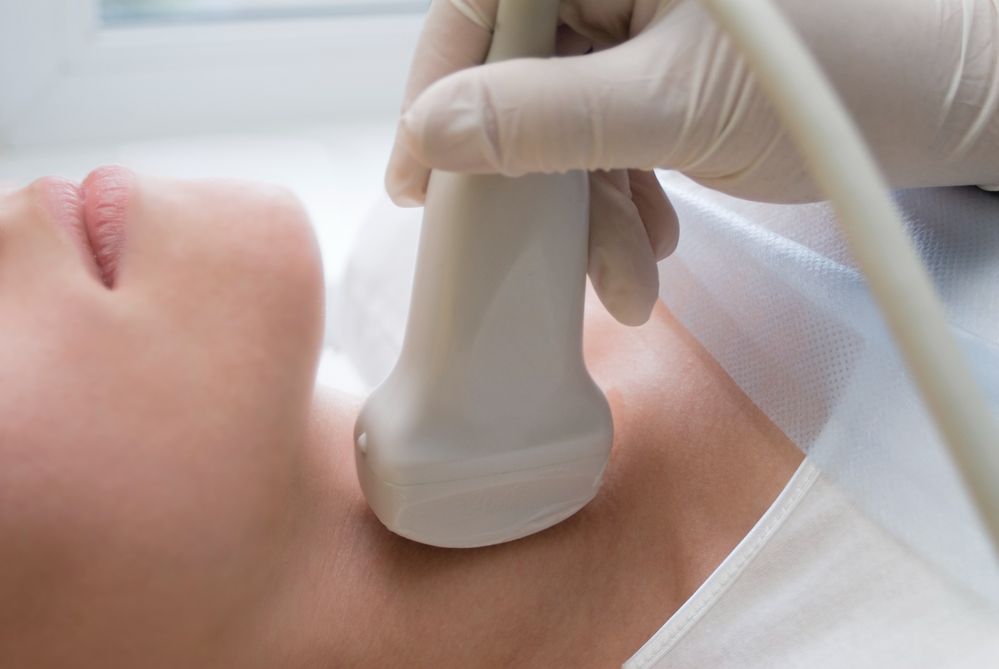Symptoms of thyroid cancer can be difficult to recognize. While there are no definitive signs of this disease, the most common symptoms are a lump in the neck, swallowing problems, and difficulty breathing. When detected early, the cancer can be treated successfully. The treatment depends on the stage of the cancer and the patient’s age and health.
If the cancer is small, it may be treated with a surgical biopsy. A biopsy is a procedure that involves taking a small piece of the gland and testing it under the microscope for cancer cells. This procedure can be done surgically or by fine needle aspiration. The surgeon who finds the cancer may also be able to remove the nodule.
Thyroid cancer is caused by faulty genes that increase the risk of this type of cancer. It can also be caused by an iodine deficiency or other nutritional issues. If a person has a family history of thyroid cancer, it may be necessary to see a genetic counselor. Thyroid cancer can be difficult to treat because the cancer cells may spread to other parts of the body. A thyroid ultrasound may be used to determine the presence of nodules. The ultrasound may also be used to check for thyroid cancer metastases.
Thyroid cancer can be treated with surgery or radioiodine therapy. During radioiodine therapy, the patient swallows a pill that contains radioactive iodine. This iodine destroys cancer cells. The patient may also undergo lobectomy, a surgical procedure that removes part of the thyroid gland. If the cancer has spread to the lymph nodes in the neck, it is important to treat it immediately. A CT scan or x-ray may be used to check for lymph nodes that are near the tumor.

Thyroid cancer is most often found during a routine checkup for other problems. A physical examination may be performed, allowing the doctor to check for any abnormalities in the neck, lymph nodes, and voice box. If thyroid cancer is discovered, it will need to be staged so that the appropriate treatment can be applied. During a physical examination, the doctor will ask about the patient’s symptoms and risk factors. He may also examine the lymph nodes near the thyroid and ask about any previous illness or treatment.
The doctor may also perform a laryngoscopy to check for problems with the voice box or vocal cords. This type of procedure involves a thin, flexible tube that is passed through the nose. During the laryngoscopy, the doctor will check for cancer and other problems.
The lump in the neck that is found during a thyroid cancer diagnosis may be felt through the skin. The lump may grow quickly, or it may not. It may be located on the back of the neck or in the front. It may be firmer than the surrounding tissue, or it may be tender.
Thyroid cancer symptoms may include flushing, difficulty swallowing, vocal hoarseness, and difficulty breathing. They may also affect the nerves that control the voice box and esophagus. Survivors of thyroid cancer may need to take synthetic thyroid hormones for life. The thyroid releases hormones that control the body’s metabolism and calcium levels in the blood.









